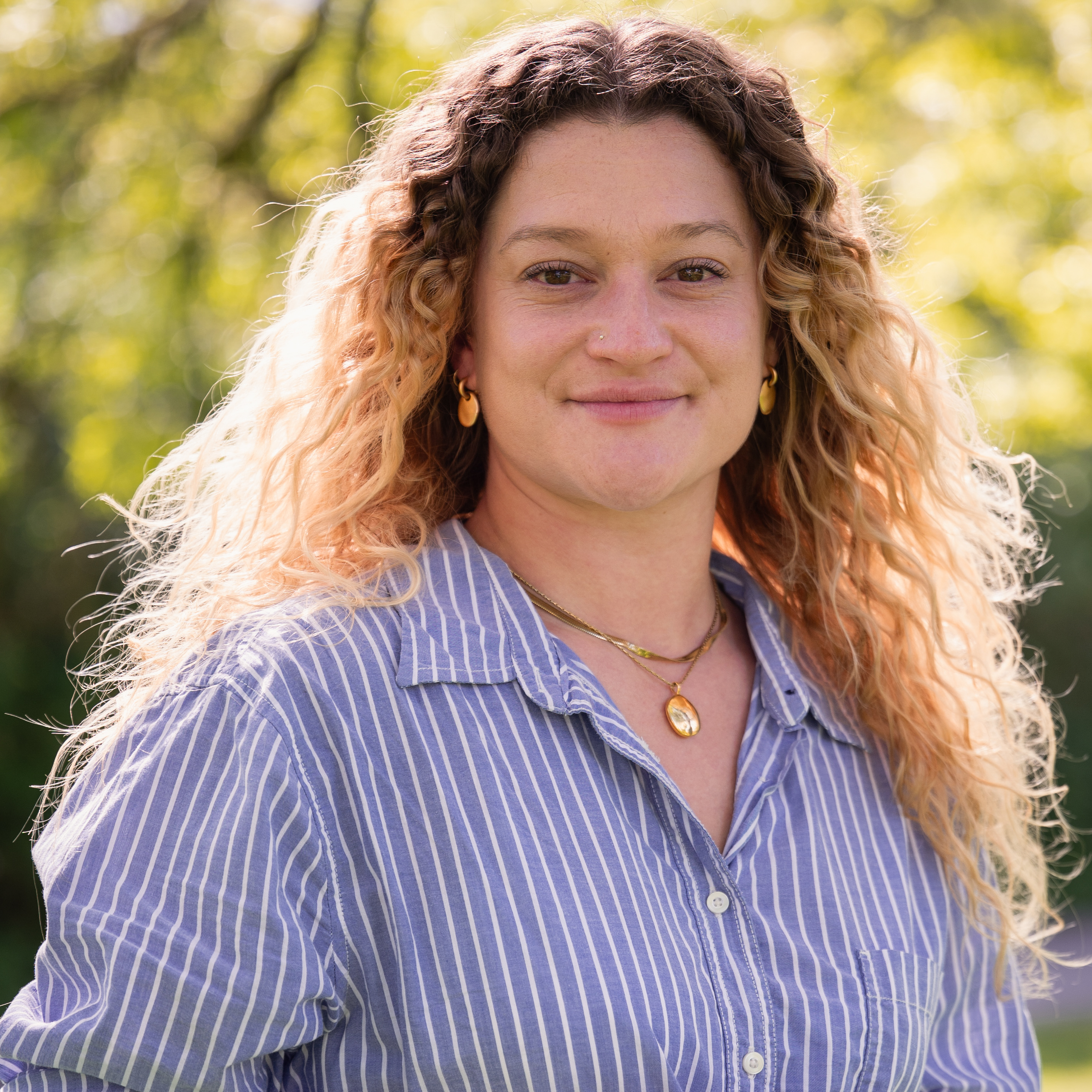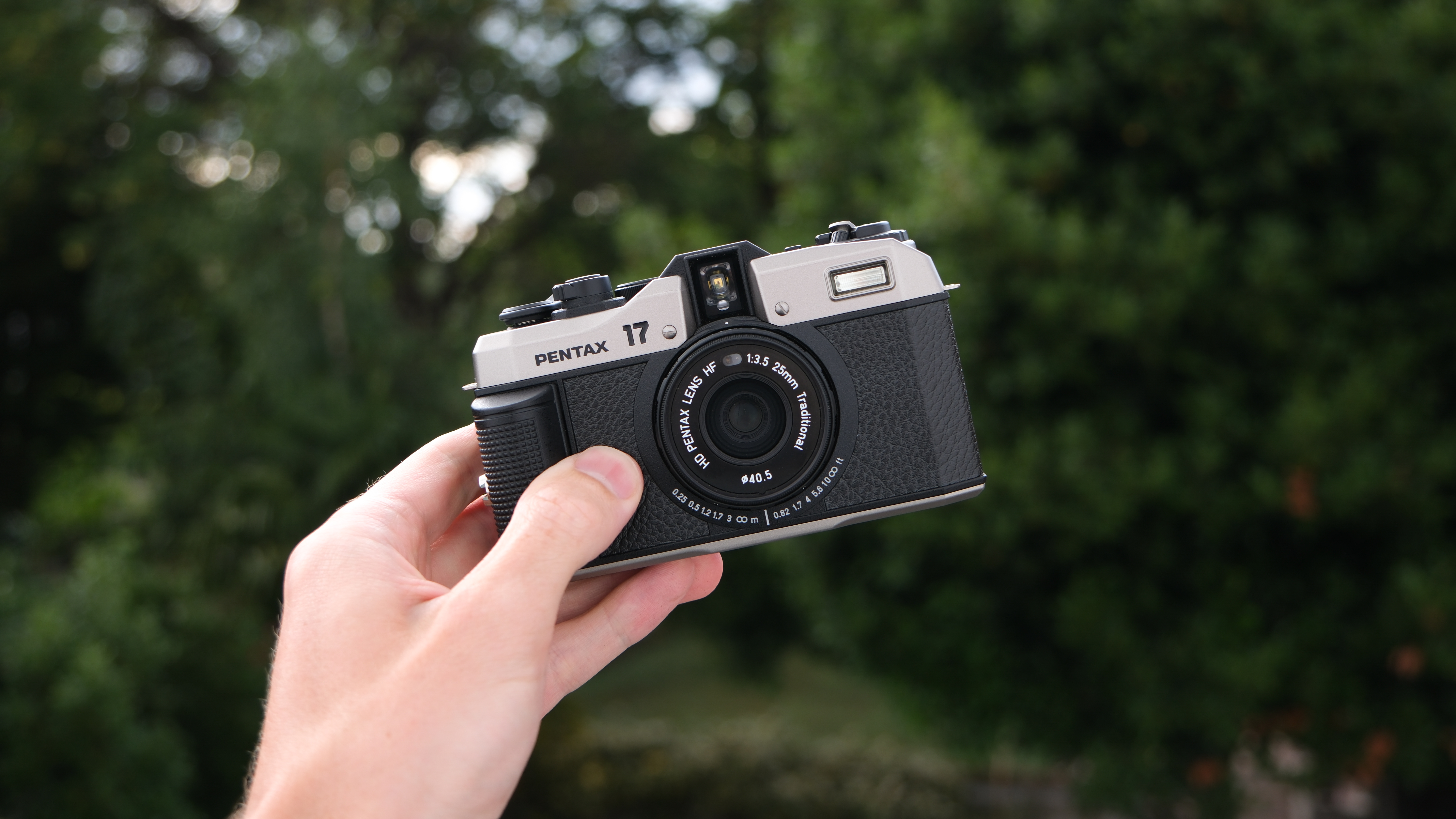A Nikon prototype camera has helped Agence France-Presse verify photographs using the C2PA standard
The photojournalism industry has taken drastic steps to combat the threat of disinformation due to artificial intelligence-altered photographs

A prototype camera made by Nikon has successfully helped France's press agency verify the authenticity of photographs taken during the US election. This comes amid the rise and accessibility of artificial intelligence, which has had a worrying impact on the ability to tell fact from fiction.
From AI-generated images being weaponized to divide Americans during the recent presidential elections, to fake images of child survivors of Hurricane Helene, these images get widely circulated on social media. By the time the truth is revealed, the damage is done – not only to those remaining loyal to the fake narrative, but also to society’s trust in the media.
To combat this disinformation, especially within journalistic reporting, multiple news agencies have partnered with the Content Authenticity Initiative – among them, Agence-France-Presse (AFP) and Nikon have partnered to help verify photographs.
The Coalition for Content Provenance and Authenticity (C2PA) is a project of the Joint Development Foundation, a Washington-based 501c6 non-profit that brings together the efforts of the Content Authenticity Initiative (CAI) and Project Origin.
The AFP has announced that it has successfully validated a certification test of its photos during the US elections, using the C2PA standard and a prototype Nikon camera.
ABOVE: Watch the AFP video, We witnessed it, we can prove it
Over the past several months, Nikon has made several announcements related to the Content Authenticity Initiative. “It is safe to assume that we will soon get firmware updates with C2PA Content Credentials support,” reports Nikon Rumors, “For now, I have seen only the Z9 and the Z6 II models mentioned, but I assume the Z8 will also get this new functionality.”
Get the Digital Camera World Newsletter
The best camera deals, reviews, product advice, and unmissable photography news, direct to your inbox!
This large-scale experiment was successfully carried out during the 2024 US elections. It proved that by combining C2PA certification standard with a unique, invisible and encrypted watermark, it is possible to guarantee the authenticity of a news photograph throughout the entire distribution chain.
The AFP said the “proof of concept” is now ready, and one can verify the images whenever they appear on the internet. It now intends to collaborate with the industry to advance this technology to protect both its readers, and its photographers, and safeguard the integrity of reporting. This includes camera manufacturers, editing software developers, and news distributors.
The process consisted of four stages:
- With the Nikon prototype camera, the agency established a secure C2PA certificate that embeds a digital signature captured when the image is shot. This feature is expected to be launched in major cameras this year.
- The image is then uploaded to the server, which is secure, and the file is duplicated. The copy of the original will be edited and captured by AFP per their editorial guidelines.
- Before the picture is distributed, AFP also adds a “unique, invisible, and encrypted watermark developed by Imatag.” This watermark functions as a “digital fingerprint” that links the edited pictures to the original image on the server.
- With the “WeVerify” plugin, one can decode the watermark to access the original image. It is similar to checking a film negative, thus completing the transparency process for journalists and the public. This plugin has been co-developed by the agency and is used by fact-checkers and open-source intelligence (OSINT) researchers.
Phil Chetwynd, AFP’s Global News Director, said that he hopes “other industry players will join us in adopting and further developing this initiative.”
Eric Baradat, AFP Global News Deputy for Photo and Archive, added this test was an essential step for the agency.
“The idea was to go beyond theory to prove to our peers, to the camera makers, to the television makers, that this is adaptable to video, that there is a solution to keep the trust our subscribers, our viewers have in our content, to make sure that trust is embedded all along its lifespan, everywhere it’s displayed with the image."
You might also like…
Take a look at the best Nikon cameras, along with the best Nikon lenses and best Nikon Z lenses to use with them.

After graduating from Cardiff University with an Master's Degree in Journalism, Media and Communications Leonie developed a love of photography after taking a year out to travel around the world.
While visiting countries such as Mongolia, Kazakhstan, Bangladesh and Ukraine with her trusty Nikon, Leonie learned how to capture the beauty of these inspiring places, and her photography has accompanied her various freelance travel features.
As well as travel photography Leonie also has a passion for wildlife photography both in the UK and abroad.
You must confirm your public display name before commenting
Please logout and then login again, you will then be prompted to enter your display name.

